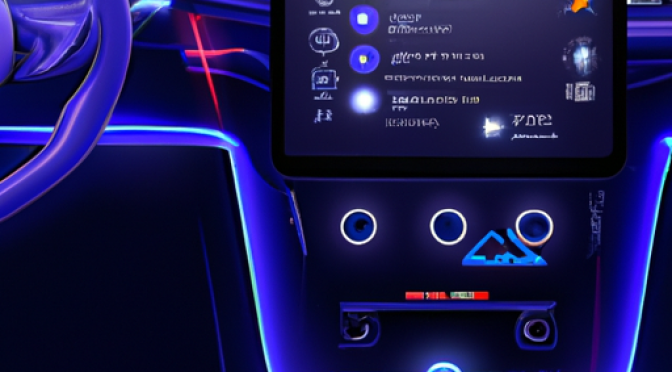Introduction
As electric vehicles (EVs) continue to gain popularity, the need for personalized in-car experiences becomes increasingly important. AI-powered interfaces have the potential to revolutionize the way EV users interact with their vehicles, offering tailored features and functionalities that enhance convenience, comfort, and overall user satisfaction.
Enhanced User Profiles
One of the key ways AI-powered interfaces can personalize the in-car experience for EV users is through the creation of enhanced user profiles. By analyzing data such as driving habits, preferences, and even biometric information, AI algorithms can generate detailed profiles that capture individual user characteristics. These profiles can then be used to customize various aspects of the in-car experience, including seat positions, climate control settings, and entertainment preferences.
Intelligent Route Planning
AI-powered interfaces can also leverage real-time data and machine learning algorithms to provide intelligent route planning for EV users. By considering factors such as traffic conditions, charging station availability, and user preferences, these interfaces can suggest the most efficient and convenient routes for each individual user. This not only saves time and energy but also ensures a seamless and stress-free driving experience.
Smart Energy Management
Another significant benefit of AI-powered interfaces in EVs is their ability to optimize energy management. By continuously monitoring battery levels, driving patterns, and external factors such as weather conditions, these interfaces can intelligently adjust power usage to maximize range and efficiency. This personalized energy management ensures that EV users can make the most of their vehicle’s capabilities while minimizing the risk of running out of charge.
Contextual Assistance
AI-powered interfaces can provide contextual assistance to EV users, offering real-time information and guidance based on the current driving situation. For example, these interfaces can proactively alert users about nearby charging stations, suggest alternative routes in case of traffic congestion, or provide weather updates that may impact driving conditions. By delivering relevant and timely information, AI-powered interfaces enhance the overall driving experience and contribute to user safety and convenience.
Conclusion
AI-powered interfaces have the potential to transform the in-car experience for EV users by personalizing various aspects of their journey. From enhanced user profiles to intelligent route planning, smart energy management, and contextual assistance, these interfaces offer a range of benefits that enhance convenience, comfort, and overall user satisfaction. As AI technology continues to advance, we can expect even more sophisticated and personalized experiences for EV users in the future.

